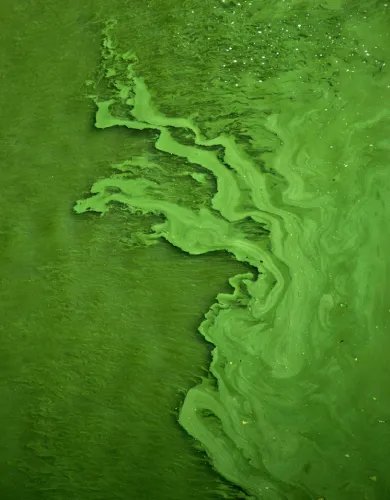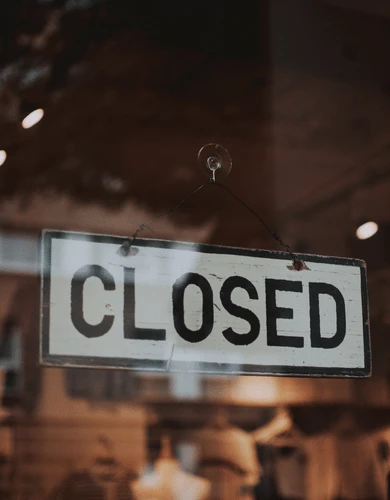Understanding sewage
Most commercial properties are connected to regional sewage and drainage systems that remove liquid waste from your property. Your business pays for the upkeep of these systems through wastewater charges.
This guide will examine what sewage is and what your business needs to know.
What is sewage?
Simply put, sewage is wastewater created by households, at the workplace and in factories. It’s caused by the general use of facilities within your business and trade effluent created by commercial practices.
The wastewater (sewage) is then deposited into the sewerage system and treated within the treatment facilities.
What is the sewerage system?
The sewerage system is the pipe network that transfers your wastewater to a treatment facility to either be disposed of or cleaned and reused.
After treatment, wastewater flows back into natural reservoirs with the by-product of the treatment disposed of in landfills and/or by incineration.
There are three key elements to the wastewater sewerage system, these are:
- Combined sewers: Sewers that are old single-pipe systems. These carry both surface drainage water and wastewater for treatment at the treatment facility.
- Foul sewers: Sewers that take wastewater from business premises to the treatment facilities.
- Surface water sewers: The surface water sewers take the natural rainwater and carry it to deposit it back into rivers and streams.
💡In certain scenarios, water companies can release untreated sewage into rivers and the sea.
What’s the difference between wastewater and surface water?
This is a question that we’re often asked; the differences are:
- Wastewater is where human processes like using the toilet or washing your hands produce contaminated water.
- Surface water drainage is where water falling from the sky makes its way into the drainage system.
Another type of wastewater to be aware of is Trade Effluent. Trade Effluent is when a commercial process has contaminated water.
What is trade effluent?
Trade effluent is a form of wastewater contaminated by commercial processes that flows into public sewers. The commercial processes can be anything from production on your premises to processing food.
The term trade effluent includes wastewater contaminated by chemicals and oils. Trade Effluent rules apply to businesses of any size.
Trade effluent charges will be presented separately on your water invoices using the Mogden formula.
When do I need consent for trade effluent?
There are a couple of situations in which your business will need consent for trade effluent. Consent is required when:
- Surface water run-off is contaminated by your surfaces and enters the sewer.
- Your business produces commercial waste that is disposed into the drains.
- Contaminated liquid is being disposed of in sinks, toilets, or other drains within your premises.
You will also need to get consent even if you temporarily need to dispose of contaminants down the drains.
Examples of liquid waste that do not count as trade effluent are:
- Domestic sewage – including wastewater from kitchen sinks, showers and toilets.
- Clean, uncontaminated surface water – i.e., clean rainwater that has not been contaminated when running over your site.
- The disposal of beer down a domestic sink is also not classed as trade effluent.
Where can I get consent for trade effluent?
You can get consent for trade effluent from your local water companies in England, so you should approach your current business water supplier if you currently don’t have consent.
If you’re a business located in Scotland, consent for trade effluent can be acquired from Scottish Water.
How are wastewater and sewerage charges calculated?
Wastewater and sewerage charges are charged separately for:
- Highways drainage charges
- Surface water charges
- Trade effluent charges
- Wastewater charges
Broadly speaking, the more you dispose of waste in the drains, the higher your wastewater and drainage charges.
The precise way these charges are levied depends on your region; check out our guide to understanding business water prices.
How do I reduce my wastewater bill?
We would recommend three steps to reduce your wastewater bill:
- Make sure you are not paying water under a deemed contract. Over 80% of English businesses pay unnecessarily high water rates. See if you can save with lower wastewater rates using a business water comparison service.
- Use less water. Wastewater charges are calculated based on water consumption, assuming most water you use also goes down the drain. By being more water-efficient, you’ll also save money on wastewater.
- Review your return to sewerage allowance. If the mains water on your property doesn’t go down the drain, you shouldn’t pay wastewater charges. For more information, check out our water audit page.

